The koala, one of Australia's most iconic marsupials, has long fascinated scientists with its unique adaptations to a specialized diet of eucalyptus leaves. Recent research into the koala brain reveals an extraordinary evolutionary strategy: neural simplification as an energy-saving mechanism. This discovery challenges traditional assumptions about brain evolution and highlights how ecological pressures can shape cognitive architecture in unexpected ways.
A Brain Built for Efficiency
Unlike most mammals, koalas possess a remarkably smooth cerebral cortex with significantly reduced folding compared to similarly sized primates. This simplified structure correlates with their exceptionally low metabolic rate—a necessity given their nutrient-poor diet. Eucalyptus leaves provide minimal energy while requiring substantial detoxification effort, leaving little surplus for neural maintenance. The koala's brain appears to have evolved to meet basic survival needs while conserving precious calories.
Neuroimaging studies show the koala brain occupies only about 60% of the cranial cavity, weighing approximately 19 grams—substantially lighter than comparable arboreal mammals. This "shrinkage" primarily affects areas associated with complex cognition while preserving regions essential for leaf processing and motor coordination. The olfactory bulb remains disproportionately large, reflecting the importance of scent detection in identifying edible foliage and potential mates.
The Evolutionary Trade-offs
This neural streamlining comes with measurable behavioral consequences. Koalas exhibit limited problem-solving abilities and show less behavioral flexibility than other marsupials when confronted with novel situations. Their spatial memory appears adequate for navigating familiar trees but fails when displaced into unfamiliar territory. Remarkably, these cognitive limitations don't hinder survival—their specialized lifestyle demands proficiency in few tasks: identifying toxic compounds, digesting fibrous leaves, and maintaining balance in canopy habitats.
Researchers propose that the koala's brain represents an extreme example of the "expensive tissue hypothesis," which suggests brains evolve smaller when energy budgets are constrained. Unlike primates that developed complex brains to navigate social hierarchies or tool use, koalas prioritized digestive system adaptations over neural investment. Their enlarged cecum (up to 2 meters long) and specialized gut microbiome account for 20% of body weight—proportionally larger than their brain.
Implications for Neuroscience
The koala's neural architecture offers fresh perspectives on brain evolution. Traditional views equated larger, more complex brains with evolutionary success, but koalas demonstrate how simplification can be equally advantageous in stable, specialized niches. Their brain structure suggests that cognitive abilities aren't universally optimized across species but adaptively tuned to ecological requirements.
Comparative studies with other folivorous (leaf-eating) mammals reveal parallel neural reductions, though none as pronounced as in koalas. Sloths, for instance, show similar cortical smoothing but retain greater problem-solving capacity. This contrast highlights how different evolutionary histories produce varied solutions to comparable dietary challenges.
Conservation Considerations
Understanding koala neurobiology carries practical implications for conservation efforts. Their cognitive limitations make them particularly vulnerable to rapid environmental changes. Unlike more adaptable species, koalas struggle with habitat fragmentation and novel threats like vehicle collisions or dog attacks. Rehabilitation of injured koalas often proves challenging due to their specialized neural wiring and difficulty learning new survival strategies.
Climate change poses additional risks, as rising atmospheric CO2 levels reduce protein content in eucalyptus leaves while increasing tannins. This nutritional decline may further constrain the energy available for neural function, potentially exacerbating existing cognitive limitations. Conservation strategies must account for these neurological constraints when designing wildlife corridors or translocation programs.
Future Research Directions
Scientists are now investigating whether koala brains show seasonal variations corresponding to fluctuations in leaf quality. Preliminary data suggest possible neural plasticity during periods of abundant, high-quality foliage. Another promising avenue explores gene expression patterns related to neural maintenance and energy metabolism, comparing koalas with close relatives like wombats that maintain more conventional brain structures despite similar diets.
Advanced imaging techniques may reveal microscopic adaptations that compensate for macroscopic simplification—perhaps specialized glial cells or unique neurotransmitter profiles that optimize limited neural resources. Such discoveries could inspire bioengineering applications or inform our understanding of energy-efficient neural networks.
The humble koala continues to challenge our assumptions about brain evolution. Its neural architecture stands as a testament to nature's ingenuity—proving that sometimes, evolutionary success lies not in complexity, but in strategic simplification. As research progresses, these charismatic marsupials may teach us unexpected lessons about the fundamental principles governing brain design across species.
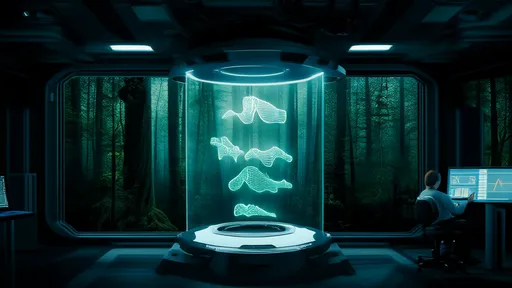
By /Aug 12, 2025

By /Aug 12, 2025

By /Aug 12, 2025
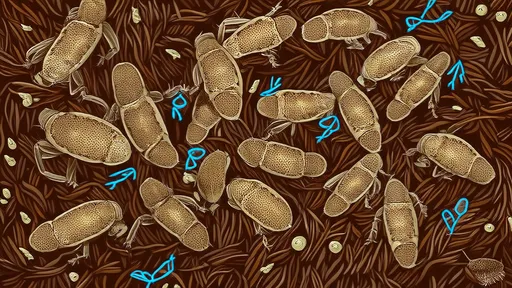
By /Aug 12, 2025

By /Aug 12, 2025

By /Aug 12, 2025

By /Aug 12, 2025

By /Aug 12, 2025

By /Aug 12, 2025

By /Aug 12, 2025

By /Aug 12, 2025
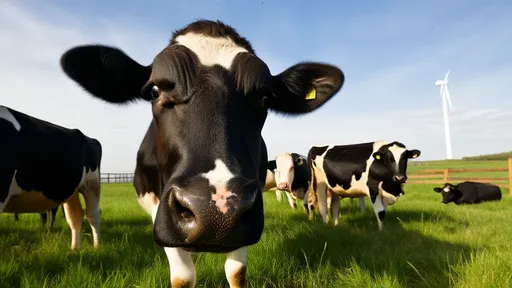
By /Aug 12, 2025
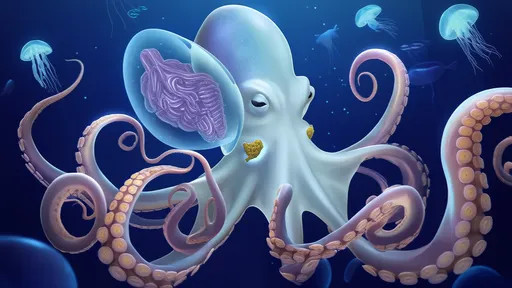
By /Aug 12, 2025

By /Aug 12, 2025
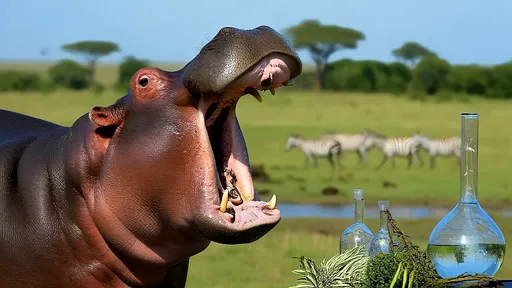
By /Aug 12, 2025

By /Aug 12, 2025

By /Aug 12, 2025
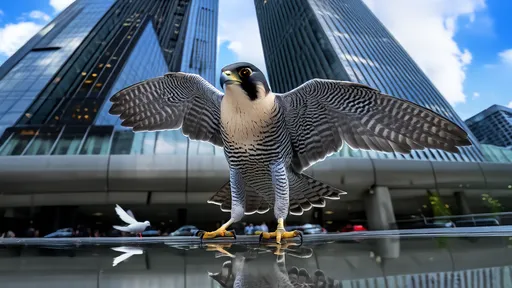
By /Aug 12, 2025

By /Aug 12, 2025

By /Aug 12, 2025